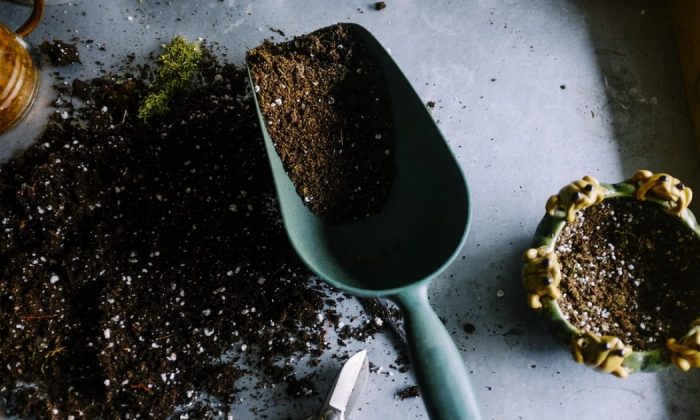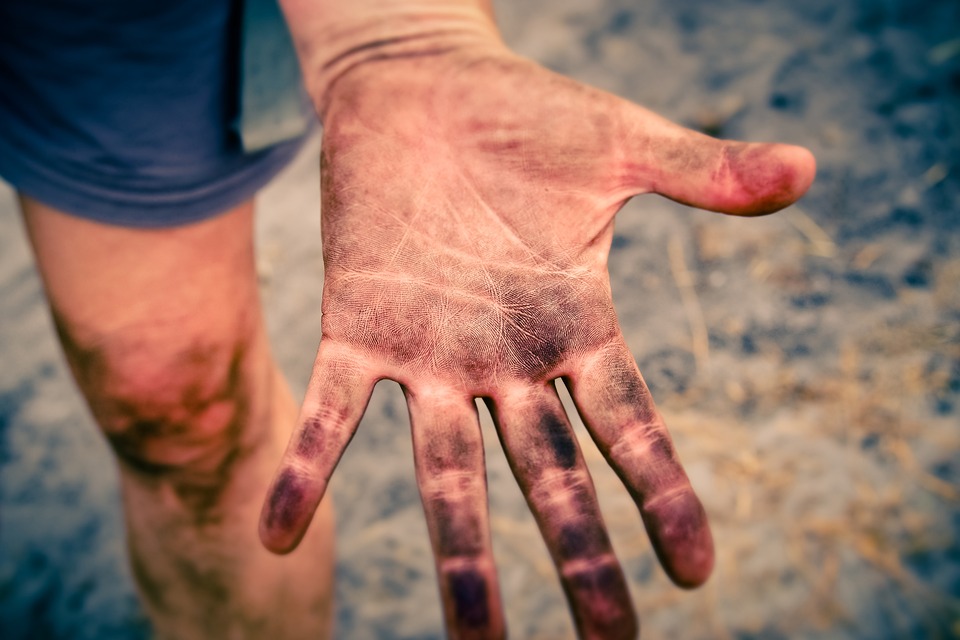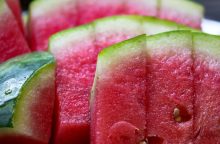Get your soil ready for the spring. Follow our short guide

In order to have soil full of nutrients and our vegetables and other plants can grow properly in the coming season, it is necessary to prepare soil for this task. Part of the work must be done earlier – in the fall (for example, proper soil ploughing). The other important work is done in the spring. Rich soil will give you rich harvest. Properly prepared soil can keep the necessary nutrients, but also moisture. It should have a suitable structure and a balanced supply of nutrients. Well, if you have soil like that it is easy to be a successful gardener.
When should you start working your garden?
The start of your work depends very much on the weather, so it is impossible to determine the exact date. We recommend following the temperature of the soil. Use an ordinary thermometer to find out the actual temperature of the soil. Bury the thermometer in the soil (5 to 10 centimetres deep) and monitor it. If the soil temperature remains above 7°C for about a week, it’s time to start. The soil should be dry from above, crumbly and should not be sticky.
Start ploughing
Sometimes soil can become too compacted – both gravity and rainwater are to blame. But it also depends on the type of soil or even how you have been treating the soil. Depending how “degraded” your soil is, you may need to pick up the spade again and do little ploughing. And while you are at it, you may work in a little bit of compost straight into the soil. About 10 cm of compost is enough and it should go about 20 centimetres deep.
Photo: Pixabay
A cultivator is a good idea
You can use a cultivator when loosening and levelling the soil surface. We used a three-point blade. If you want to be more thorough and aerate the soil better, use single point blade. Work in one direction and leave about 5 cm between individual rows. When done spread compost or fertilizer across and work it in. If you have a heavy soil, make sure to break clump clays – a three point hoe will do. To make it even more fluffier, use a fine blade cultivator.
Surface levelling
After you loosen the soil sufficiently and worked in the fertilizer, you need to level the surface for sowing and planting. To do so, use a steel rake with a spacing of approximately 25 centimetres.
Preview photo: Pixabay

Gardening is my hobby, I have a lot of experience and I am happy to share it.









0 comments